The purpose of the inventory
COLLECTORS aims to identify relevant good practices that can serve as inspiration for decision-makers across Europe. Therefore, the first step of the project consisted in the documentation of different waste collection systems across Europe, with the objective to cover as many different locations and contexts as possible.The main objective was to collect homogeneous data allowing the comparison of different collection organisation (collection modes, sorting guidelines, economic instruments…) and in different contexts (geographical location, typology, tourism intensity…).
Definition of “key parameters”
Prior to data collection, the consortium defined a list of “key parameters”, i.e. the information needed to properly document the waste collection system. This started with the identification of parameters used to document waste collection systems through an extensive literature review including over 300 sources of information. The parameters included elements describing the context of waste collection system, their main features, as well as parameters specific to each of the three waste fractions covered by the project.
The parameters were classified in categories, and reviewed by the different members of the consortium to ensure that they were useful for the different activities of the project (including the identification of case studies, the assessment of the economic and environmental impacts, and the boundary conditions and solutions for implementation of waste collection systems). The list was finally reviewed and fine-tuned during the first Regional Working Group meeting, where representatives of European local and regional authorities assessed their relevancy and the availability of information at local and regional level.
The final list of parameters consists in a set of general parameters describing the territories where the waste collection are organised, including information on its typology, population, and economic activities, information detailing the organisation of the waste collection systems and the instruments implemented to promote waste separation, as well as quantitative indicators on the performances of the waste collection systems.
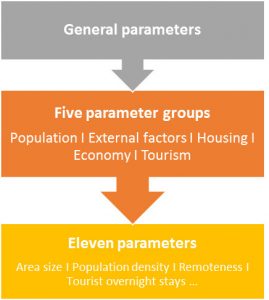
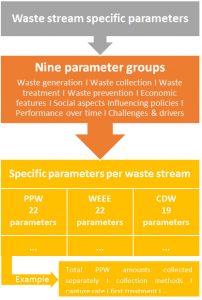
Data collection
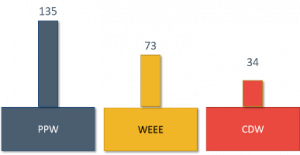 The identified key parameters lead to the design of common templates to document waste collection systems for the three waste fractions. To ensure a proper coverage of European waste collection systems and the consistency of collected data, partners were attributed different Member States to focus on, targets for the number of waste collection systems to be investigated, and detailed guidelines providing the definition for each of the sections.
The identified key parameters lead to the design of common templates to document waste collection systems for the three waste fractions. To ensure a proper coverage of European waste collection systems and the consistency of collected data, partners were attributed different Member States to focus on, targets for the number of waste collection systems to be investigated, and detailed guidelines providing the definition for each of the sections.
The combined efforts from the consortium allowed the documentation of 242 waste collection systems, based on literature review, public database or annual report, as well as direct contact with waste management organisations (public authorities, waste management companies, PRO…). The collected data cover 25 Member States
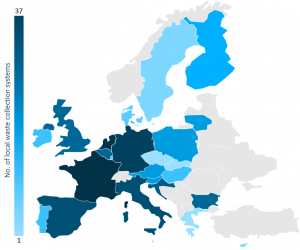
For paper and packaging waste, 135 waste collection systems were documented, covering over 60 millions inhabitants, representing about 12% of the EU population.
Publication of data: COLLECTORS Webplatform
The collected data will soon be published on a publicly available weplatform, where users will be able to select relevant waste collection system and consult the associated data on contexts, collection modes, and performances.
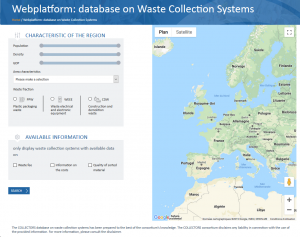
Relevant publication
Find out more about COLLECTORS data collection by consulting the following report:
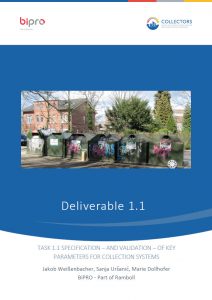
D1.1-Specification and validation of key parameters for collection systems
This first report presents the method used to identify the key parameters allowing to document the collection systems that will be included in COLLECTORS’ database, which will be use for the identification of good practices. The list of parameters is presented as well.